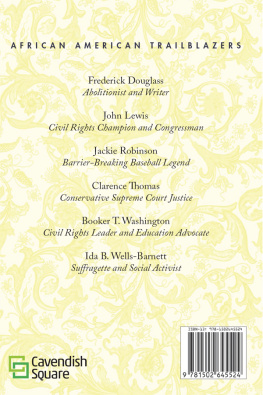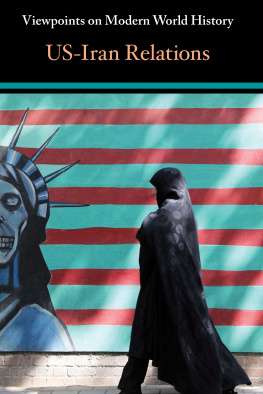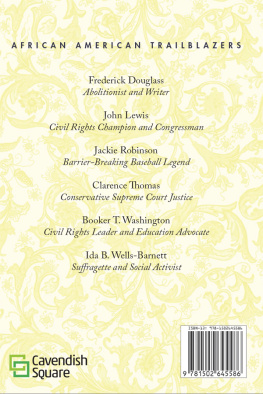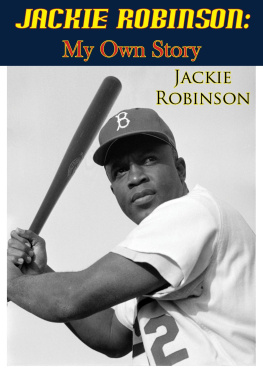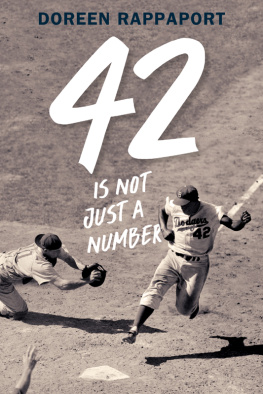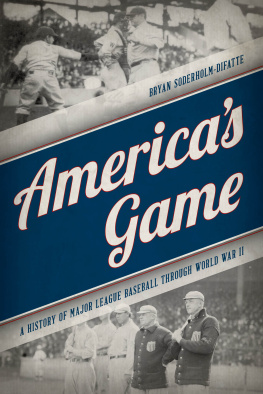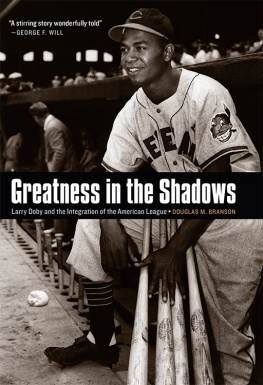
In memory of Ray Dean, one of the finest baseball players and
kindest human beings that I have been lucky enough to know.
Published in 2020 by Cavendish Square Publishing, LLC
243 5th Avenue, Suite 136, New York, NY 10016
Copyright 2020 by Cavendish Square Publishing, LLC
First Edition
No part of this publication may be reproduced, stored in a retrieval system, or transmitted in any form or by any meanselectronic, mechanical, photocopying, recording, or otherwisewithout the prior permission of the copyright owner. Request for permission should be addressed to Permissions, Cavendish Square Publishing, 243 5th Avenue, Suite 136, New York, NY 10016. Tel (877) 980-4450; fax (877) 980-4454.
Website: cavendishsq.com
This publication represents the opinions and views of the author based on his or her personal experience, knowledge, and research. The information in this book serves as a general guide only. The author and publisher have used their best efforts in preparing this book and disclaim liability rising directly or indirectly from the use and application of this book.
All websites were available and accurate when this book was sent to press.
Library of Congress Cataloging-in-Publication Data
Names: Hurt, Avery Elizabeth.
Title: Jackie Robinson: barrier-breaking baseball legend / Avery Elizabeth Hurt.
Description: New York: Cavendish Square Publishing, 2020. |
Series: African American trailblazers | Includes glossary and index.
Identifiers: LCCN | ISBN 9781502645517 (pbk.) | ISBN 9781502645524 (library bound) |
ISBN 9781502645531 (ebook)
Subjects: LCSH: Robinson, Jackie, 1919-1972--Juvenile literature. | Baseball players--United States--Biography-
Juvenile literature. | African American baseball players--Biography--Juvenile literature. | Discrimination in
sports--United States--History--Juvenile literature. | Baseball--United States--History--Juvenile literature.
Classification: LCC GV865.R6 H872020 | DDC 796.357092 B--dc23
Editorial Director: David McNamara
Editor: Kristen Susienka
Copy Editor: Rebecca Rohan
Associate Art Director: Alan Sliwinski
Designer: Joseph Parenteau
Production Coordinator: Karol Szymczuk
Photo Research: J8 Media
The photographs in this book are used by permission and through the courtesy of: Rowland Scherman/Getty Images.
Printed in the United States of America
CONTENTS
INTRODUCTION
42
ONE
Slavery, Jim Crow, and a Gentlemens Agreement
TWO
A Lifetime of Standing Up to Racism
THREE
With a Little Help from Friends
FOUR
Crossing the Color Line
FIVE
The World Was Watching
SIX
Still Bashing Barriers
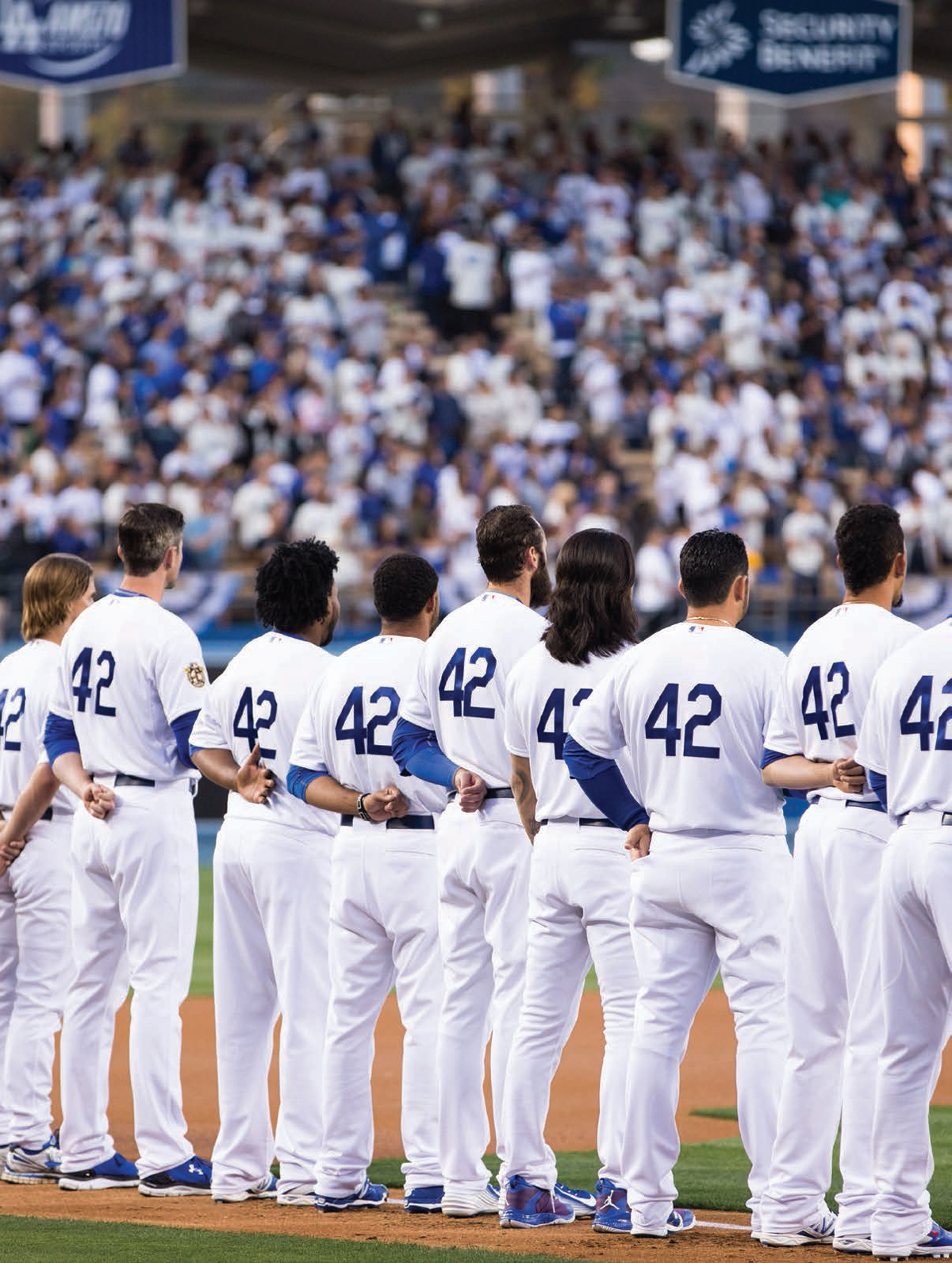
The Los Angeles Dodgers line up for the national anthem on opening day 2015, all wearing the number 42 in honor of Jackie Robinson.
INTRODUCTION

42
I ts April 15, opening day in major-league baseball (MLB). The players walk onto the field for the announcement of the starting lineup. Every player on every MLB team is wearing a jersey bearing the number 42. Since 2009, opening day in MLB has been designated Jackie Robinson Day. The man they are honoring by wearing his number (42) changed baseball; he also changed a nation.
A Player with Influence
On April 15, 1947, Jack Roosevelt Robinsonknown to baseball fans everywhere simply as Jackiebegan his major-league career with the Brooklyn Dodgers. He was in the starting lineup, batting second and playing first base. What made this day special, and what makes it worth celebrating many decades later, is that Jackie Robinson was the first African American in modern baseball to play on a major-league team.
Breaking baseballs color barrier was difficult. Branch Rickey, the president of the Dodgers organization, hatched a plan to make it happen. However, he faced tremendous resistance, both from the league and from a very racially segregated nation. In order to make his plan work, he had to find just the right player to be the first to stride across baseballs color line. Jackie Robinson was that man. Robinson faced incredible challenges but showed profound determination and bravery. He was not just opening up baseball to people of color. He was making a significant crack in the walls that had kept many talented people from participating fully in all aspects of American life.
Difficult Obstacles
As writer George F. Will put it, Robinsons first major league game was the most important event in the emancipation of black Americans since the Civil War. For, you see, despite the existence of the Thirteenth Amendment, which outlawed slavery in 1865, by the 1930s and 1940s, African Americans in many ways were still not free. Laws that ensured black people would live, work, and play separately from their fellow citizens not only prevented the races from mixing, but they prevented blacks from having the same economic and social opportunities as whites. Even though African Americans had been freed by the Civil War decades earlier, white Americans found many ways to keep them oppressed.
It took a long time and a bloody civil rights movement to change those laws and get legal protections for the rights of African Americans. Even today, the battle is still not completely won. However, there is no doubt that Jackie Robinson made a difference in the lives of all African Americans.
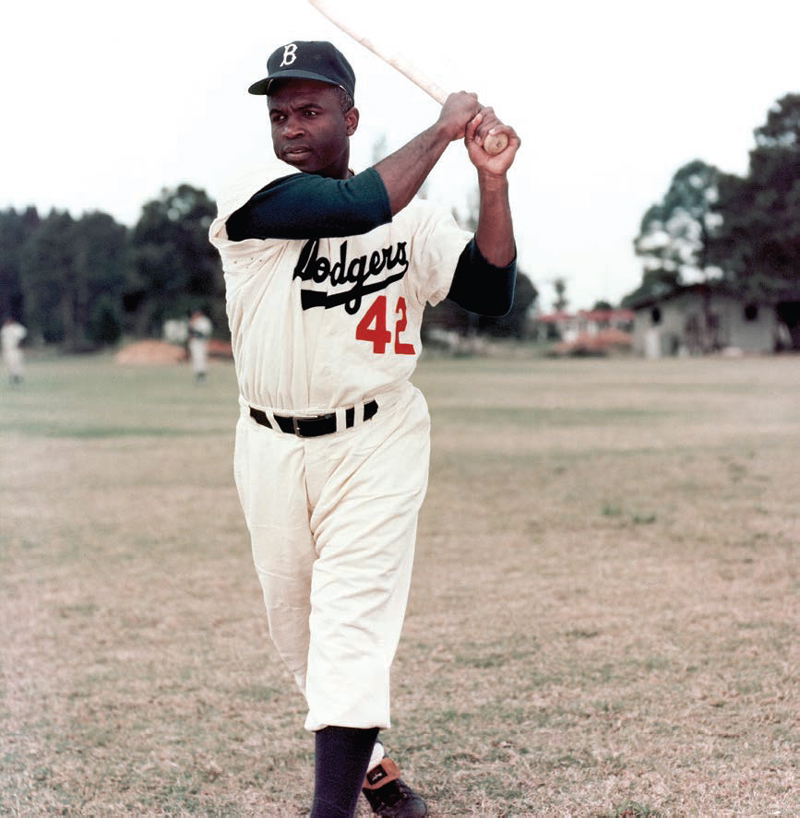
Jackie Robinson takes batting practice in his Brooklyn Dodgers uniform at the teams spring training camp.
The words on Robinsons plaque in the Baseball Hall of Fame say that he displayed tremendous courage and poise in 1947 when he integrated the modern major leagues in the face of intense adversity. Here is the story of how he did that, why he had to do it, and the effect his actions had and are still having on baseball, sports, and the nation.
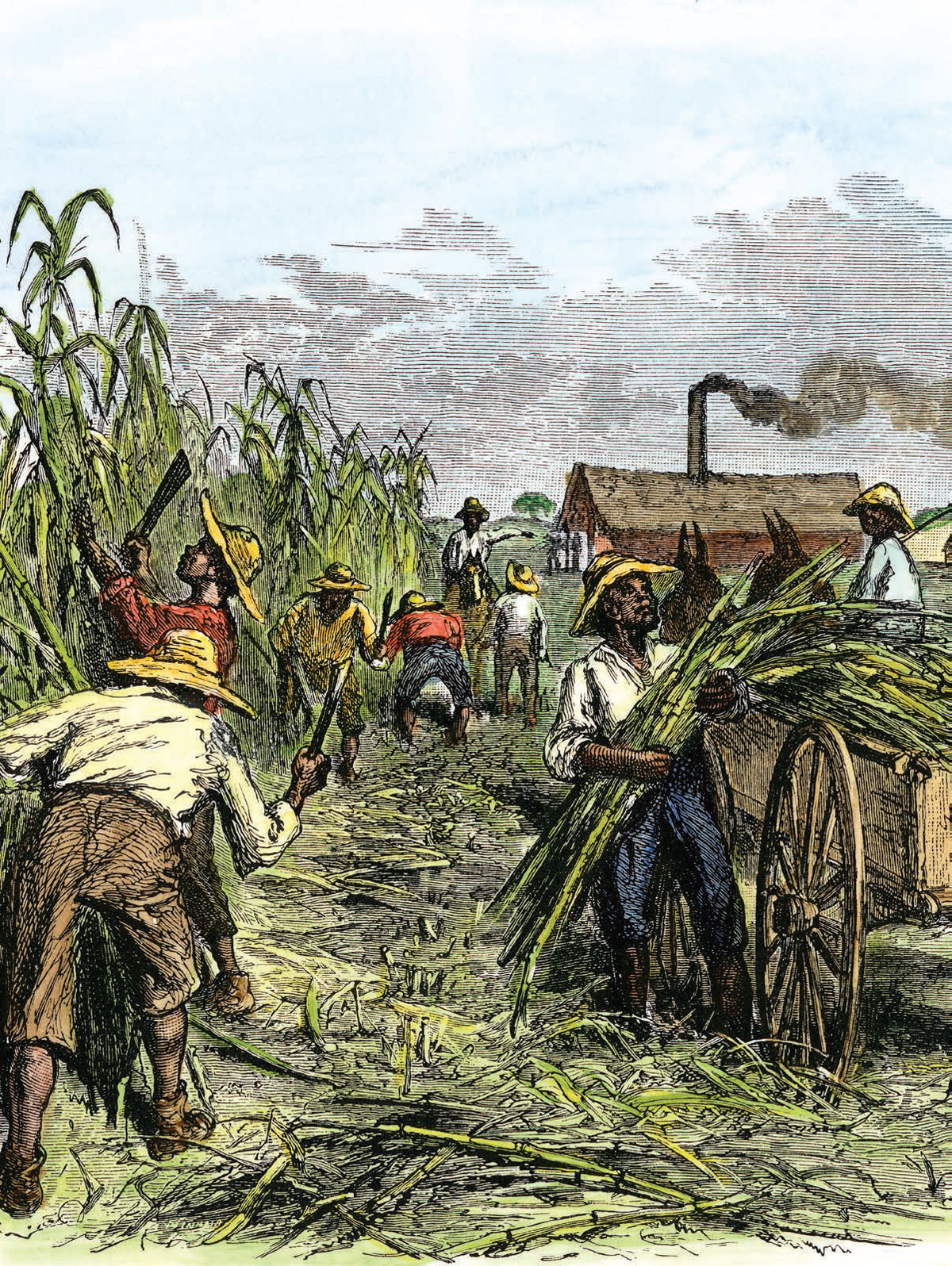
This illustration shows African American slaves harvesting sugarcane on a plantation in Louisiana.
CHAPTER ONE

Slavery, Jim Crow, and a Gentlemens Agreement
B aseball has long been called Americas pastime. However, until the mid-twentieth century, players who played baseball professionally were not diverse. In fact, people played on different teams based on how they looked. The biggest and most talked-about division was between whites and African Americans. For decades, African Americans could not play on white professional baseball teams. Sadly, baseball was not the only thing African Americans were excluded from.
Centuries of Bondage
In August 1619, about twenty African slaves were unloaded from a boat in Jamestown, Virginia. These were not the first slaves in the new worldslaves had been brought to the Americas since the beginning of the sixteenth century. However, these twenty or so people are thought to be the first slaves brought to the American colonies. As such, their arrival in Jamestown marks the beginning of slavery in what would become the United States of America.
Next page
